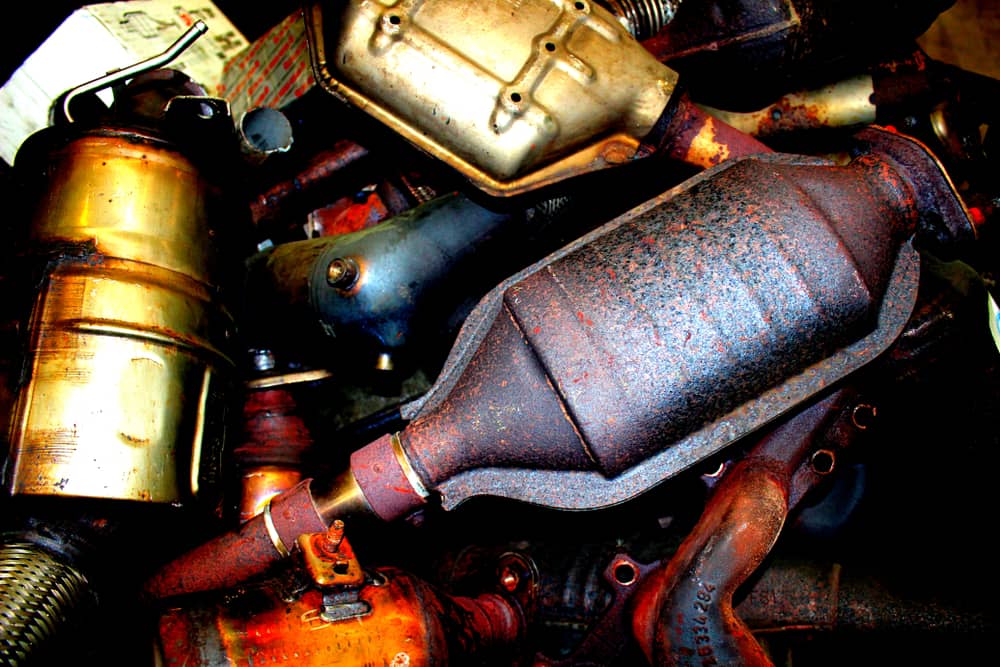How do you check the fluid levels of your car?
It’s extremely important to maintain your car’s fluid level at the recommended levels. Although modern vehicles are equipped with electrical systems to automatically check the fluid levels and display them on the dashboard, it’s still essential to mechanically check the fluid levels of things such as the coolant and oil if there is a provision for them. First of all, here is a list of the fluids that are used in a car and you can check a good number of them on your own.
- Engine oil
- Automatic transmission fluid
- Power steering fluid
- Coolant
- Windscreen washer fluid
- Brake fluid
Each of the above car fluids can be checked at home and you can also check the car user manual if you are not sure how to locate the various fluids. Nonetheless, here is how to check all these fluids:
1. Checking engine oil
Before you check your car’s engine oil, make sure that the car is parked on a flat surface. Let it cool for about an hour or two. Then, open the hood or engine compartment and locate the engine dipstick. Pull out the dipstick and wipe it with a clean rag.
Once you have wiped the dipstick, you will be able to see markings at the bottom end, indicating different oil levels. The markings are normally slots, punches or the dipstick is scribed. The lowest marking would be the minimum engine oil level while the highest marking would be the highest engine oil level.
After wiping the dipstick, slide it down its channel to its lowest position then pull it out and read the engine oil level.
Here’s a detailed video guide showing you how to check your car’s engine oil!
2. Checking automatic transmission fluid
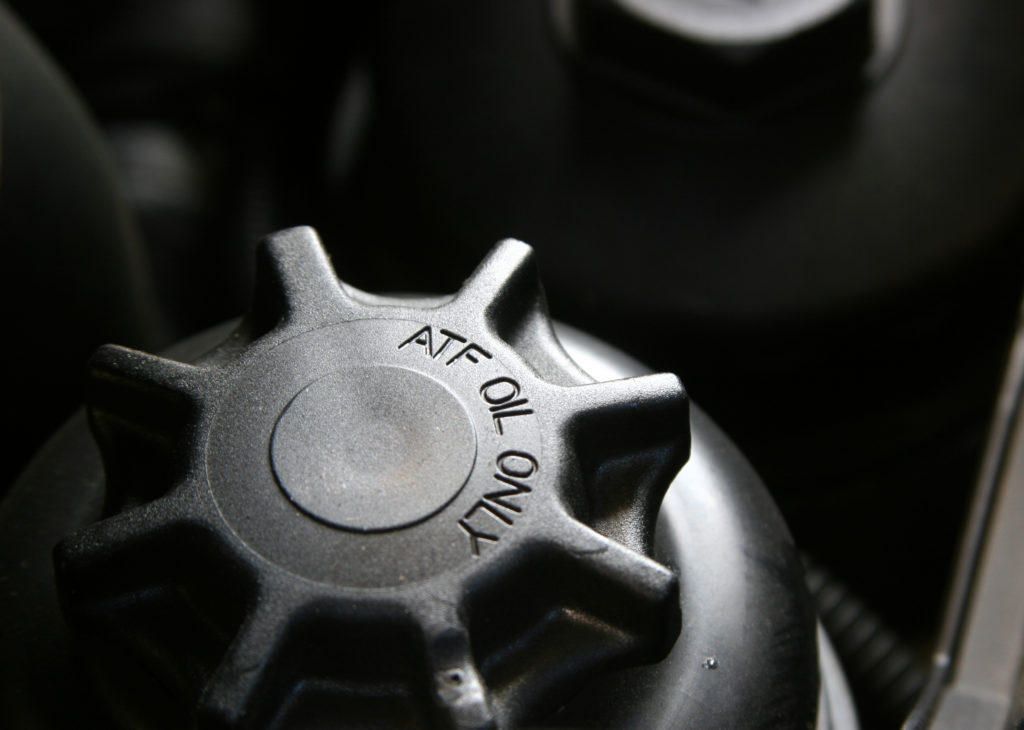
Unlike the engine oil, the automatic transmission fluid is normally checked when the engine is hot and running. Again, ensure that you park your car on a flat surface and engage the gear in neutral or park position.
Open the hood and on the side of the transmission, check for the transmission oil dipstick. Pull it out, wipe it with a clean rag and push it back again. Remove it for the second time to read the automatic transmission fluid level.
3. Checking power steering fluid
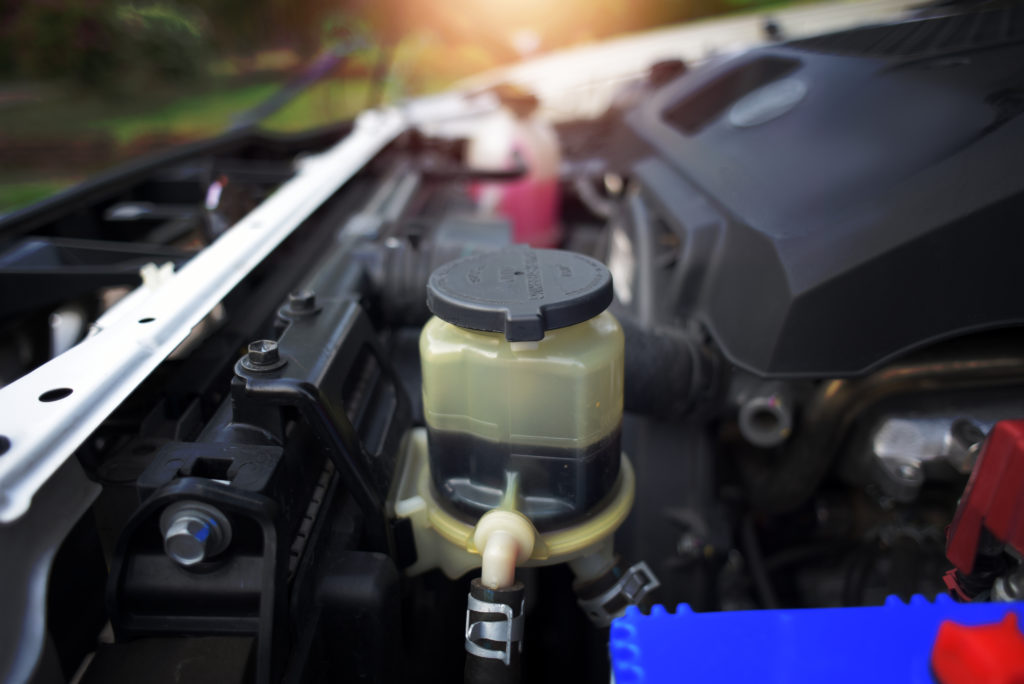
If your car uses a hydraulic power steering, then it must use power steering oil. You have to be sure that your car uses a hydraulic power steering because many modern cars use electric power steering systems nowadays. This means that there’s no need for a power steering fluid.
However, if your car uses a hydraulic power steering system, you should check the level of your power steering fluid. You can do this checking the oil reservoir in the car’s engine compartment.
Usually, there will be an indicator on the cap of the reservoir. Some of the reservoirs are transparent with markings of “low” “medium” and “high” on the outside for you to easily read the level. Other types have a dipstick attached to the reservoir and so as soon as you open the reservoir, you will be able to read the fluid level from the dipstick.
4. Checking engine coolant
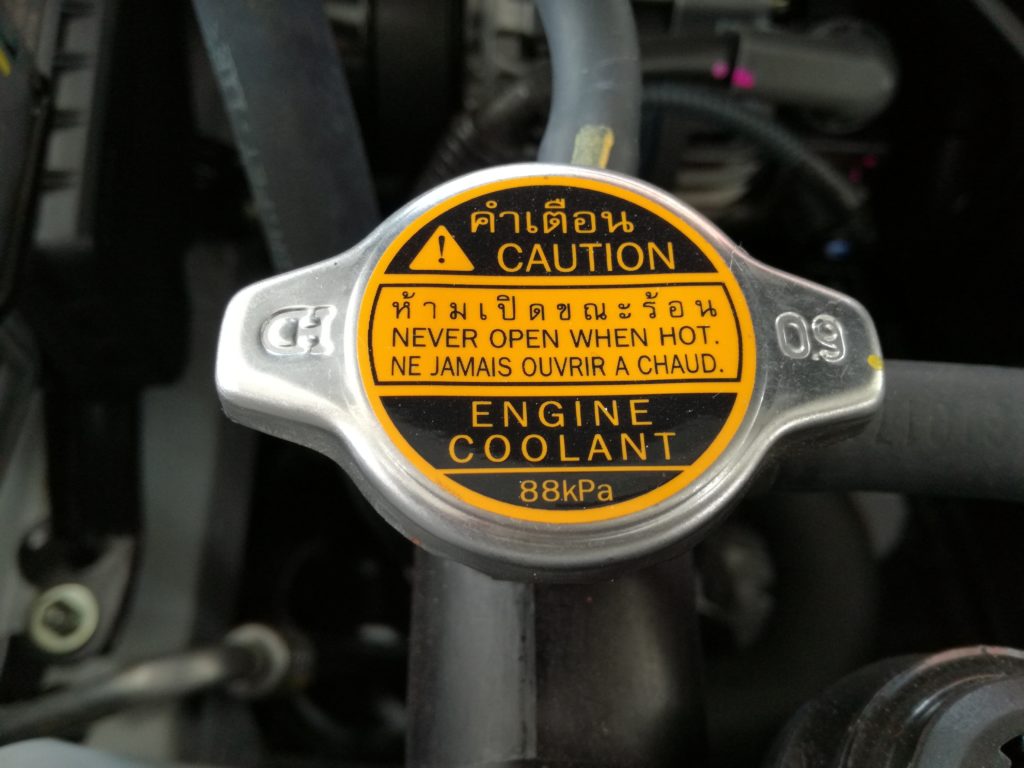
The engine coolant is critical to the operation of any car engine. Thus, it is recommended to check the coolant level daily just to be on the safe side. The coolant, just like the power steering transmission fluid, has a cap with “coolant” written on it.
The reservoir is also clear with markings on one side to indicate the different coolant levels. Some older vehicle models have no reservoir but the coolant level can be checked directly on the radiator.
However, a word of caution; never open the radiator cap when the car is warm. Let the car cool for a minimum of two hours before opening the radiator cap and checking the coolant level through visual inspection.
5. Windscreen washer fluid
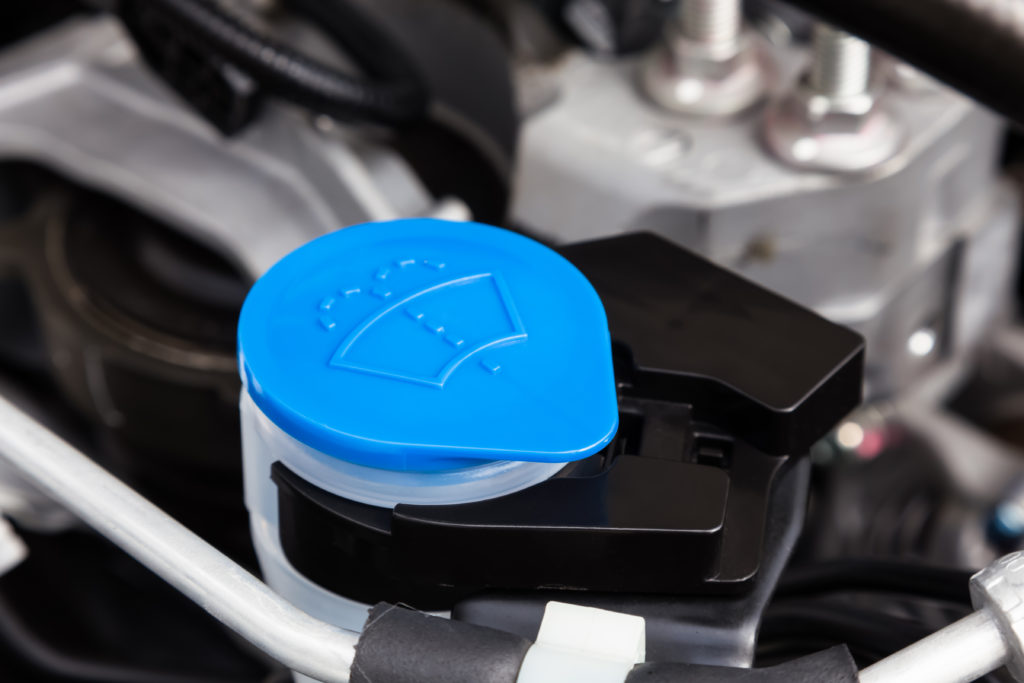
Just as the name suggests, the windscreen washer fluid is the fluid that is used to clean the windscreen. This fluid is sometimes called the wiper’s fluid.
There is a reservoir in the engine compartment with a cap written “windscreen washer” and this is where the windscreen washer fluid is located. This reservoir is also transparent and you can clearly see the level of the fluid inside.
Always remember to add windscreen washer fluid as soon as it reaches the half-way mark so that it does not run out when you need it.
6. Brake fluid
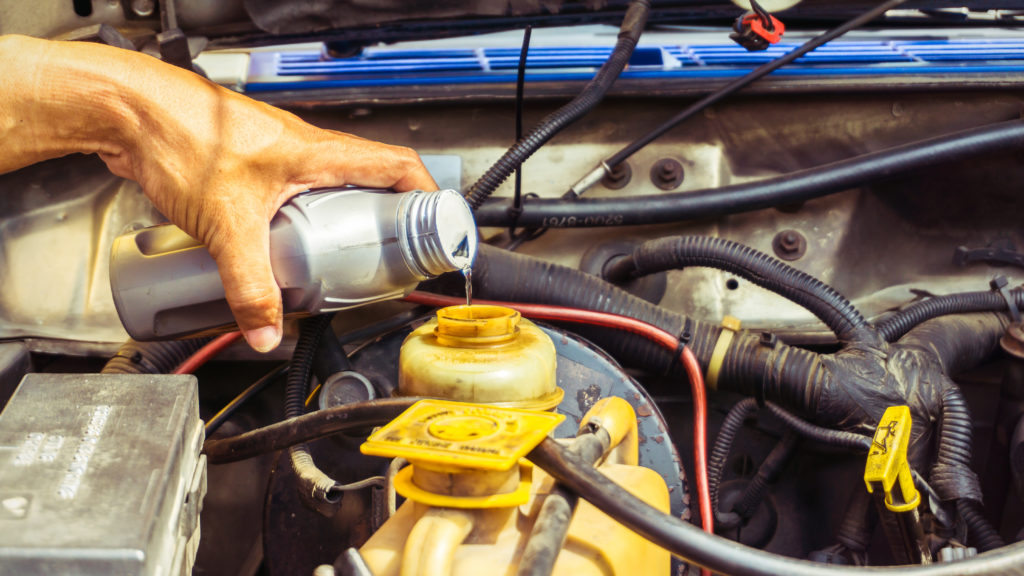
The hydraulic brake system of a car operates using brake fluid. Low brake fluid levels or a lack of brake fluid may lead to a loss of braking power. It’s critical to check the brake fluid levels at regular intervals so as to ensure efficient operation.
Check your car’s engine compartment and look for a reservoir that is written “brake fluid.” The reservoir is normally transparent with side markings for you to easily check the fluid levels. If the brake fluid levels are low and keep dropping even after you add the fluid in regular intervals, then, you may have to visit your mechanic to check if there is a leakage in the braking system.
Need help with checking or changing your car’s fluids? Visit our Carro Care Workshop today! Our workshop offers reliable repairs by experienced mechanics with over 20 years of experience. When you visit our workshop, you’re guaranteed an easy and convenient experience with full pricing transparency throughout.
People also liked: PREMIUM PETROL VS REGULAR PETROL: WHAT’S THE DIFFERENCE? DEREGISTER YOUR VEHICLE: WHICH IS THE BEST ROUTE TO TAKE? CAR TAX STRUCTURE AND REBATES




